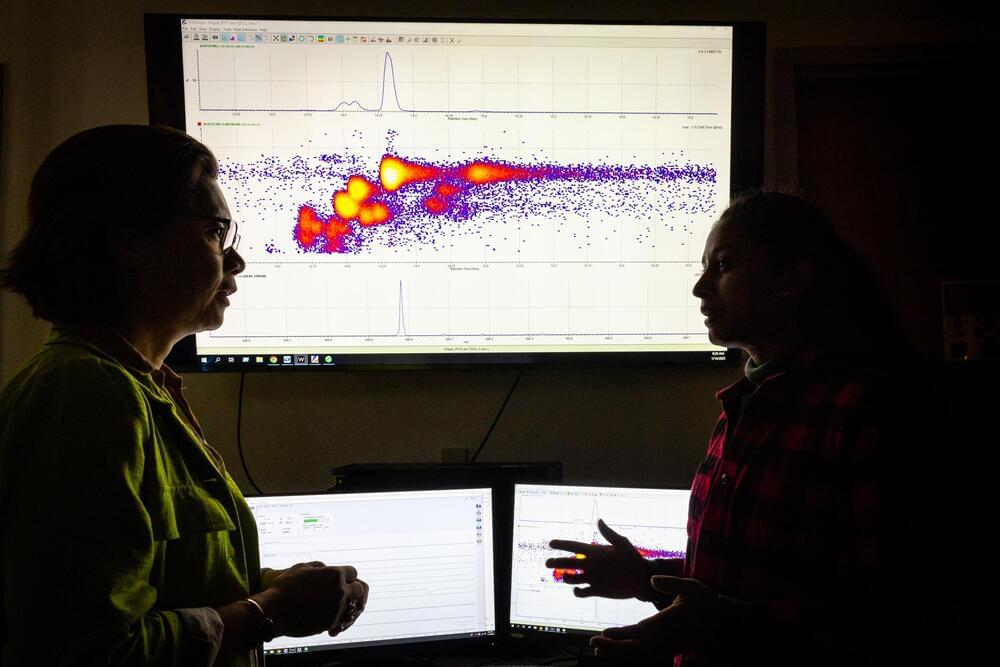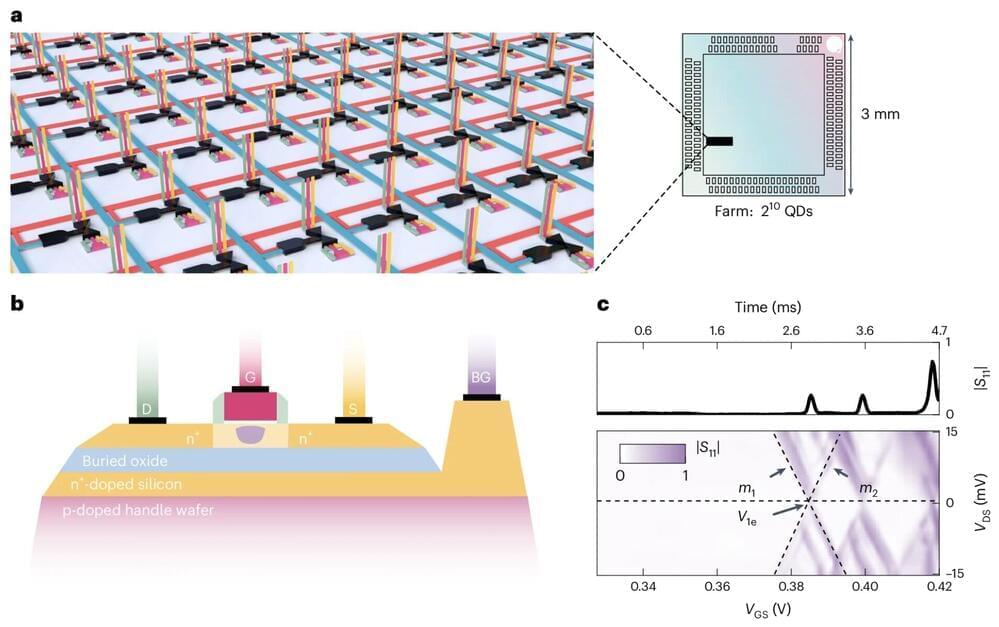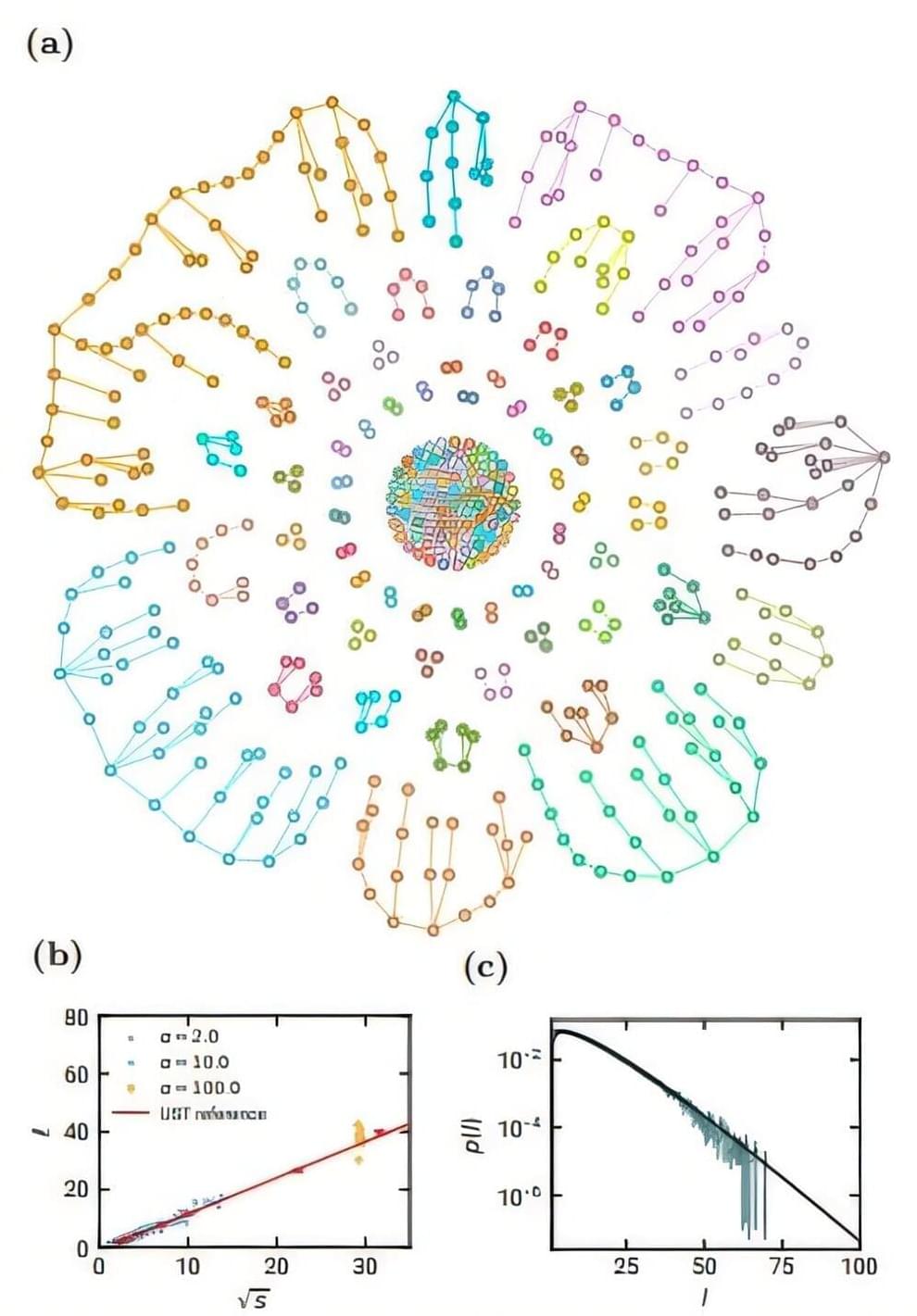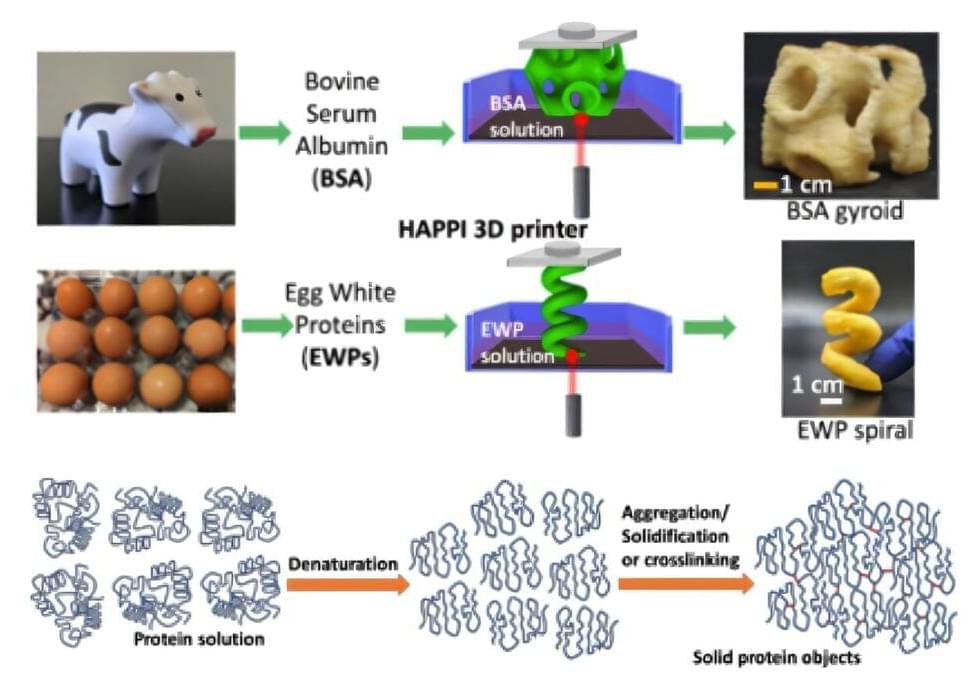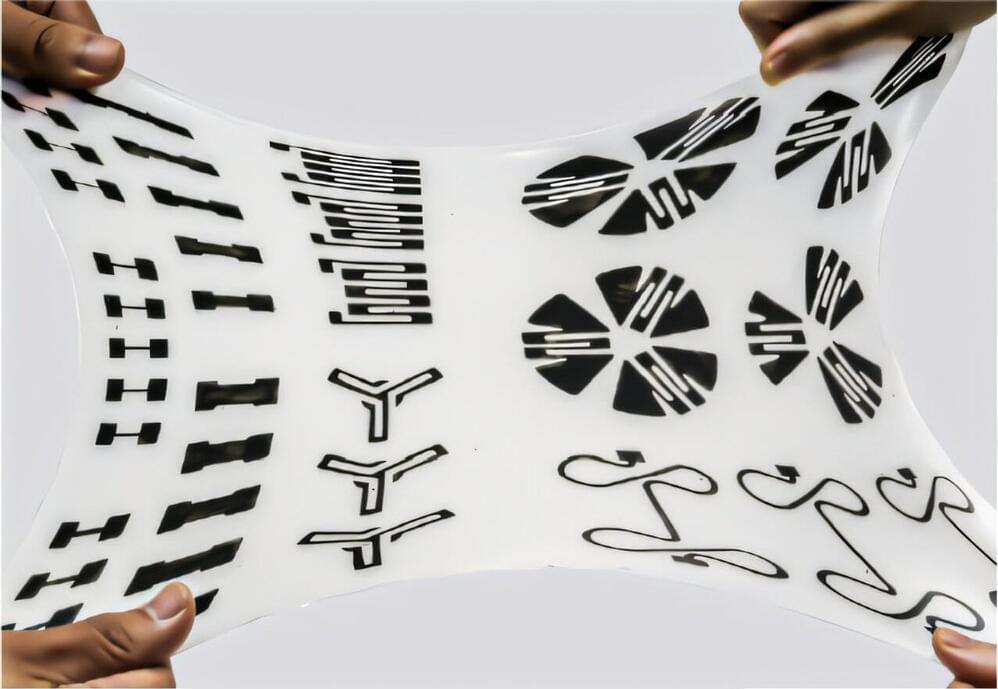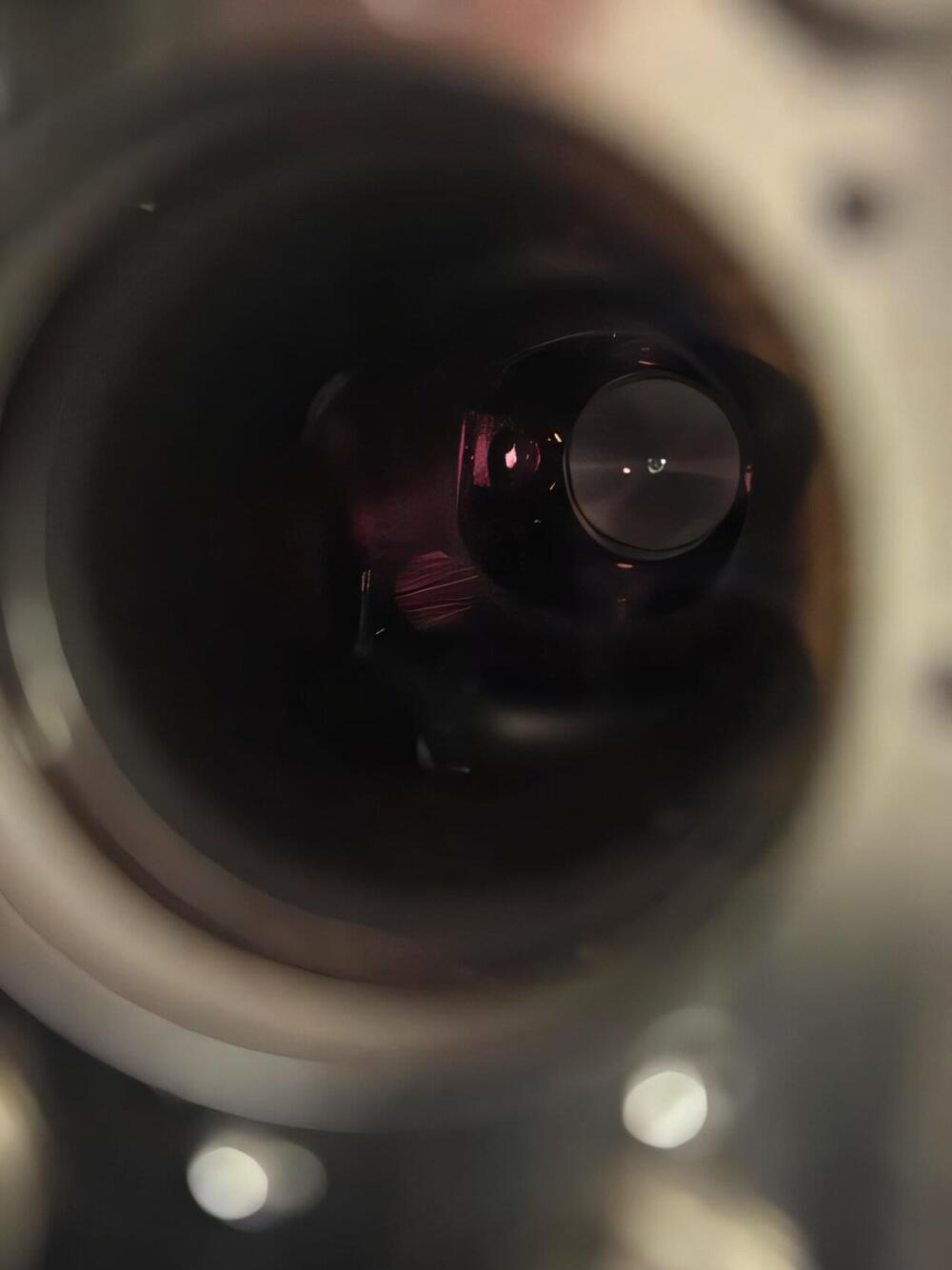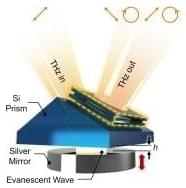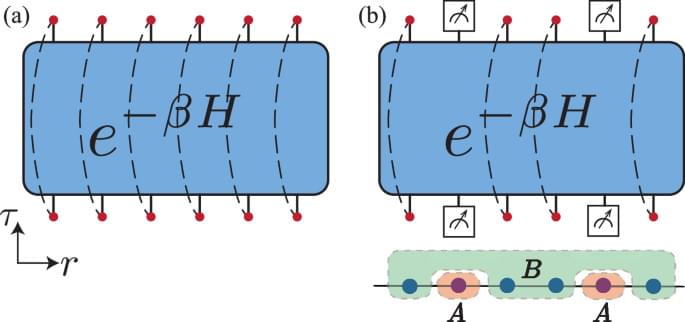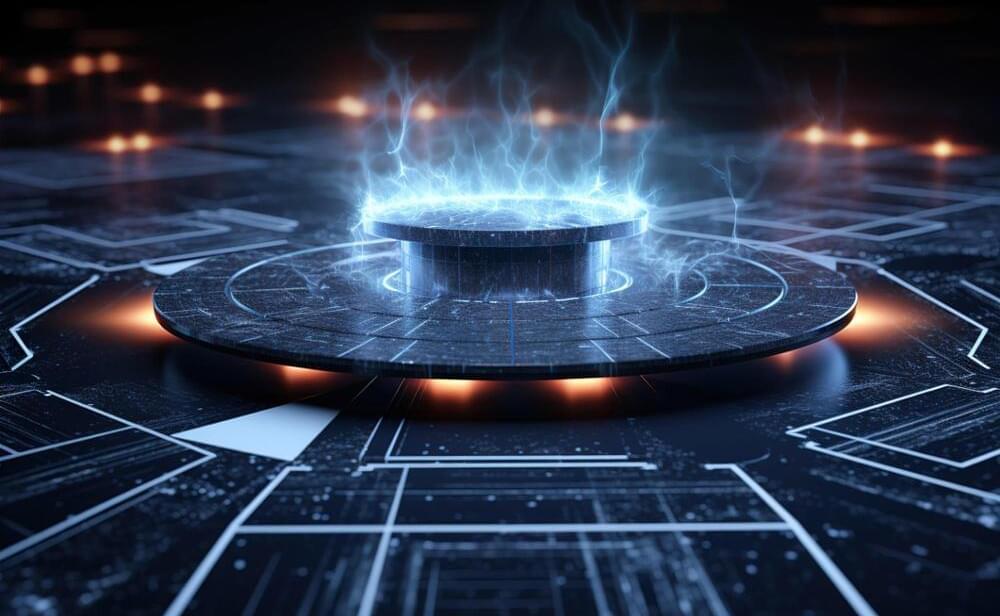In the quest to take the “forever” out of “forever chemicals,” bacteria might be our ally. Most remediation of per-and polyfluoroalkyl substances (PFAS) involves adsorbing and trapping them, but certain microbes can actually break apart the strong chemical bonds that allow these chemicals to persist for so long in the environment.
Now, a University at Buffalo-led team has identified a strain of bacteria that can break down and transform at least three types of PFAS, and perhaps even more crucially, some of the toxic byproducts of the bond-breaking process.
Published in this month’s issue of Science of the Total Environment, the team’s study found that Labrys portucalensis F11 (F11) metabolized over 90% of perfluorooctane sulfonic acid (PFOS) following an exposure period of 100 days. PFOS is one of the most frequently detected and persistent types of PFAS and was designated hazardous by the U.S. Environmental Protection Agency last year.
